Coffee artists in Buenos Aires
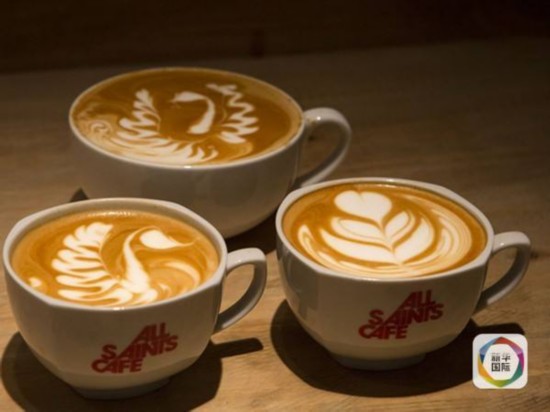
Beijing, July 24 (Xinhua) according to the Xinhua News Agency "Xinhua International" client report, Argentina is a country of immigrants, of which Italian and Spanish immigrants are the majority. At the beginning of the last century, a large number of Europeans emigrated to Argentina, which also brought European habits, including drinking coffee.
Buenos Aires, the capital, has different styles of cafes all over the streets. Some old cafes have a history of a century and still follow the traditional craftsmanship of manual grinding and brewing, while others are bold and innovative. Cater to the consumption habits of modern urban young people, such as the "all Holy Cafe" in Belgrano.
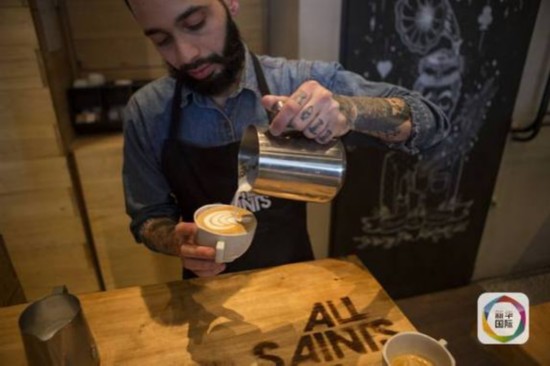
This coffee shop is not small in size and famous for its fancy coffee. Chief barista Lafarrell Souza is not only handsome, but also produces a beautiful and fragrant latte. He is also good at making milk flowers on thick coffee, of which "Swan" coffee is the most popular.
The process of making fancy coffee is not complicated. Souza's "paintbrush" is a pointed stainless steel cup with milk. The milk bubbles on the steam nozzle of the coffee machine and is continuously poured evenly into the coffee cup. Souza turned her wrist and cup skillfully, and the beautiful swan pulled flowers into shape quickly.
Souza, 27, has only been in the business for three years, but he has a talent for the taste of coffee. In his own words, "I have a natural intuition about what good coffee is." Before becoming chief barista, he had studied at Quan Sheng Cafe for two years and knew the taste and aroma of each kind of coffee beans and the effects of different combinations.

Souza often designs different flowers according to the identity and mood of customers. "the purpose of making flowers is not only to be beautiful, but to attract customers' attention to coffee," he said. People come to drink coffee, notice the flowers in the coffee, and feel that someone behind the counter is concerned about their existence. This emotional connection is very important. "
Souza said that the coffee flower has three basic shapes: heart shape, lotus seat and tulip. The combination of the three shapes can also draw more complex and beautiful patterns, such as a swan pattern made of a lotus seat and a heart shape. Some lotus seats with wings can also paint a Phoenix, but most of the time the flower is just an abstract pattern that makes people feel good.
Souza says the key to fancy coffee is the quality and ratio of coffee and milk. The coffee made from high-quality coffee beans tastes uniform and thick, and he describes it as "good malleability". The milk temperature should be controlled at about 70 degrees Celsius, the milk foam should be played properly, and the technique should be skillful in one go, plus patience, meditation and love.
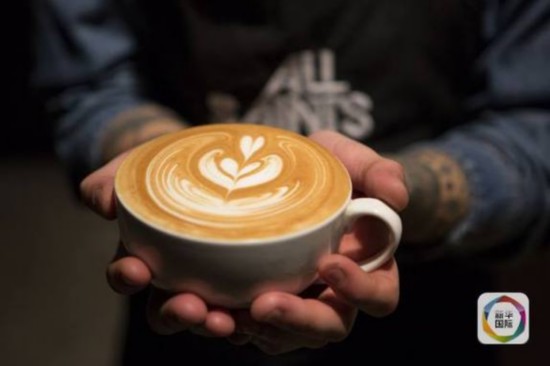
"Coffee culture in Buenos Aires prevails. People like to drink coffee and stay in cafes for a long time. I like it, but one thing needs to change. That is, people should not just regard drinking coffee as a habit, but should be a kind of indulgence. There is a lot of good coffee in the world, "Souza said.
How can I enjoy my coffee? Souza believes that the role of baristas is irreplaceable. Professional baristas know how to recommend good coffee and are good at mixing different coffee beans and brewing coffee with the best taste through the mixture of coffee and milk. In recent years, many coffee shops in Argentina have begun to recruit professional baristas, not just coffee-making waiters.
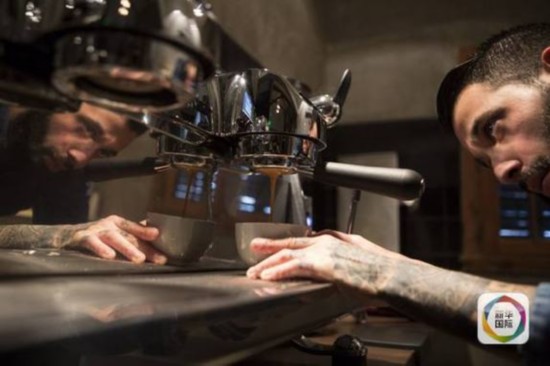
Buenos Aires now has more than 3000 cafes and nearly 70 century-old brands. In order to better preserve this tradition on the tip of the tongue, the municipal government applied to UNESCO in 2013, hoping to include the local coffee culture with great pride in the list of intangible cultural heritage of humanity. (reporter Ye Shuhong and Zhao Yanyan, editor qu Junya, Xinhua International client reporting)
Important Notice :
前街咖啡 FrontStreet Coffee has moved to new addredd:
FrontStreet Coffee Address: 315,Donghua East Road,GuangZhou
Tel:020 38364473
- Prev
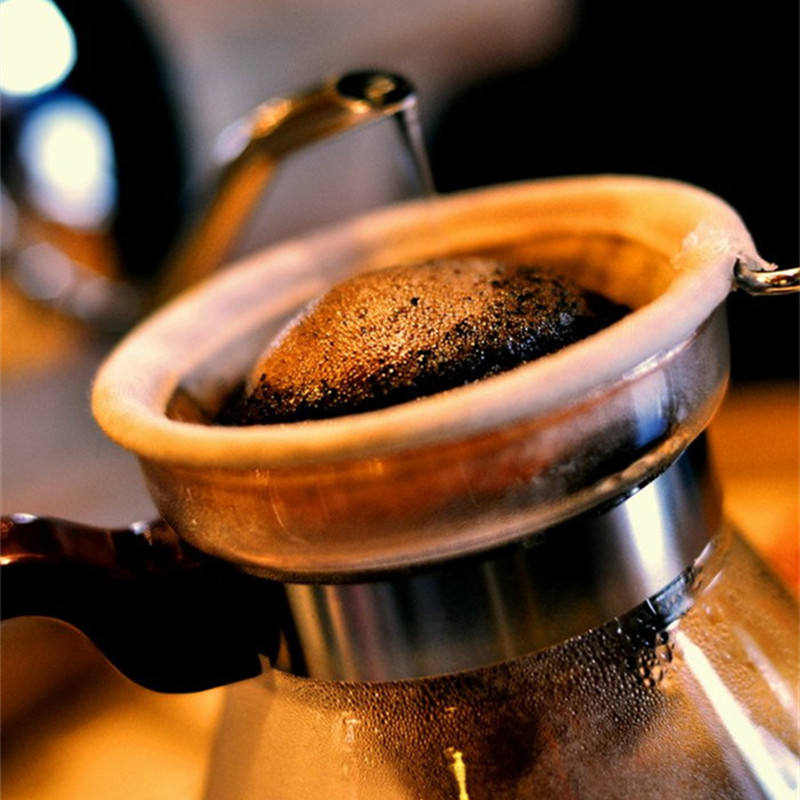
Hand-brewed coffee completely deciphered the decisive 120 seconds!
Hand brewing has always been a favorite of coffee lovers, simple and natural, strong playability, especially when using fresh beans to rush out big mushrooms, the aroma is full of aroma, that feeling is really beautiful. But like it, whether it tastes good or not is a test. As the saying goes, once you enter the door, it is as deep as the sea, and there is a lot of knowledge in it. Hand flushing is the best way to test skills, which is why hands are held all over the world.
- Next
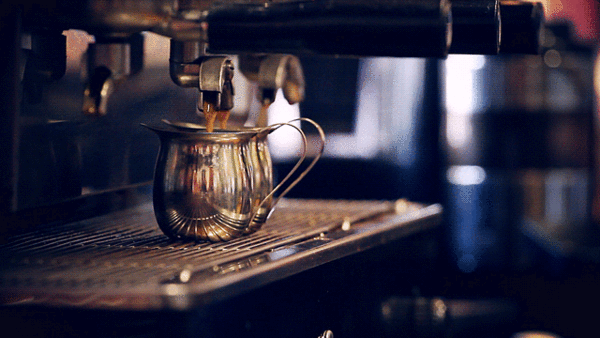
Uncle Dou told you: why should coffee be "brewed"? Why doesn't instant coffee need to be brewed?
Many young friends, including some old people, are very strange to coffee. Whenever they talk about making coffee, they find it very difficult to understand, thinking that it is a very skilled and complex activity. The Chinese tend to summarize the production of freshly ground coffee as a boiled word. So for these friends, the editor will try his best to introduce this question to you.
Related
- What is the meaning of lactic acid fermentation with coffee bean treatment?
- How to judge the state of foam by sound?
- How does the latte pull out the unicorn pattern? Come to get for a little trick to improve the flower pull!
- Will flower pulling affect the taste of the latte?
- Do you know the history of coffee?
- The difference between honey treatment and sun washing what is raisin honey treatment?
- What kind of milk can a novice use to make coffee foam to keep the foam longer? The correct method and skills of milking tutorial sharing
- Why do washed coffee beans taste sour? Flavor characteristics of washed Coffee
- Introduction to the skill of how to practice the size and height of water injection around the circle of hand-brewed coffee
- How do beginners practice coffee flower drawing from scratch?

